I pulled out four bottles of wine from a box recently bought from a French friend – Jean Claude – as well as a bottle from a co-worker who had been in Europe, and then lined them on a table and considered their connections.
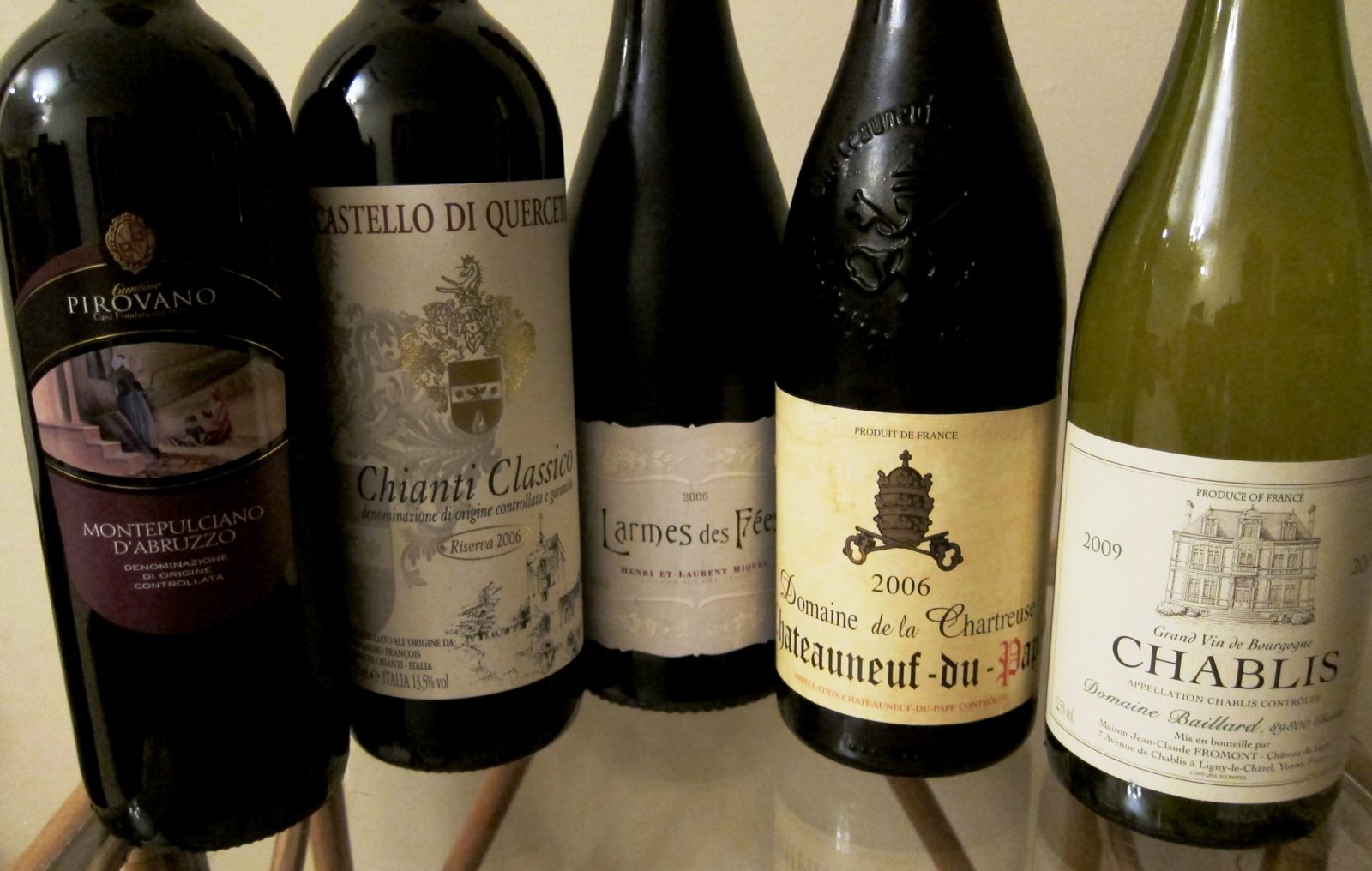
First, I inspected the label of a bottle of smooth Montepulciano d’Abruzzo wine – which is not to be confused with Vino Nobile di Montepulciano, which includes not the Montepulciano grape but primarily the Prugnolo Gentile grape, which is a clone of the Sangiovese grape, which is the primary constituent of Chianti wine, which brings us – too rapidly, perhaps – to the second wine….a 2006 riserva Chianti Classico…
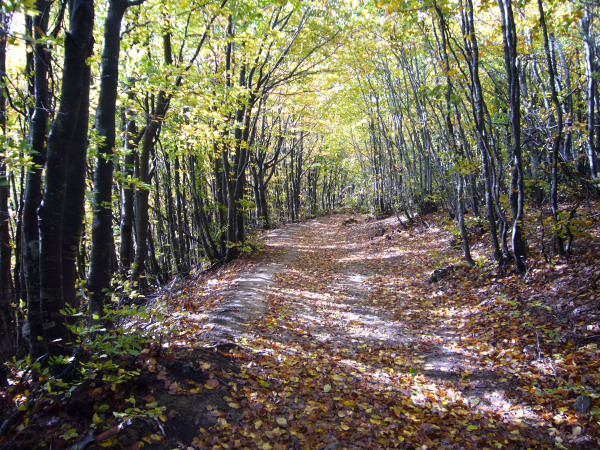
…which originates in Tuscany, home of Leonardo da Vinci, who while residing in France in 1517 was consulted about the feasibility of constructing a project in the Languedoc region of southwest France – that of building a canal that would link the Mediterranean with the Atlantic to ship wine over water (this canal-du-midi that still operates was later constructed in the mid 1600’s by a wealthy local French tax inspector – a Herculean feat of engineering).
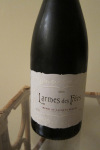 This – Languedoc – is home to the third bottle of wine which I have not yet had the fortune of tasting. It is from St. Chinian, which survived the 13th century Albigensian Crusades to crush the local Cathars (vegetarians who abhorred war, capital punishment, and sex). In 1209 ten thousand crusaders gathered in the city of Lyon and marched south, no doubt passing the land of Chateauneuf-du-Pape – from where the fourth wine originates.
This – Languedoc – is home to the third bottle of wine which I have not yet had the fortune of tasting. It is from St. Chinian, which survived the 13th century Albigensian Crusades to crush the local Cathars (vegetarians who abhorred war, capital punishment, and sex). In 1209 ten thousand crusaders gathered in the city of Lyon and marched south, no doubt passing the land of Chateauneuf-du-Pape – from where the fourth wine originates.
Incidentally, these testosterone laden crusaders stopped at Bezieres in the Languedoc, ordered some twenty thousand Catholics and Cathars to surrender, and – when they refused – slaughtered them all. They next marched to Minervois in July 1210 where they burnt more than a hundred surrendered citizens at the stake. Minervois, along with St. Chinian, is now one of the five or so prime locations reputed to produce excellent Languedoc wine.
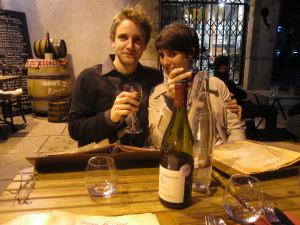
In antiquity, vines spread within the Languedoc principally along the Via Domita, a Roman road that paralleled the Mediterranean coast. Grapes grew so abundantly that this region rivaled wine production in Italy – prompting Emperor Domitien – in AD 92 -to order that half these planted vines be yanked out to kill off competition to his domestic fermentations.
This protectionist ruling was eventually overturned by the more enlightened Emperor Probus, who restored these Languedo vines. According to his reign – also – four large Roman villas were constructed at a site north of the city of Lyon that had the Celtic name of ‘House near the Woods,’ or Cab Leya – which eventually became the word Chablis – which brings us to our fifth wine.
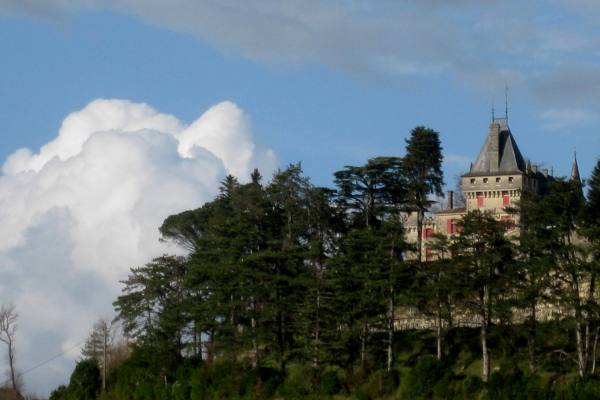
During the ninth century in Chablis, the rule of St. Benedict allowed monks – who owned most local vineyards – a daily allowance of one hemina of wine per day – about a quarter liter – which kept them sober enough to be vigilant (though still defenseless) against Viking attacks. Benedictines were so influential that in the eleventh century in east/central Italy they built the outstanding Abbey of San Liberatore la Majella and propelled social and economic development. The people from this region – the Abbruzzese – were traditionally sheepholders who, likely bored with shepherding, took advantage of mountains slope soils and optimal climate to grow grapevines from as far back as the sixth century BC. Even the poet Ovid – a native of Sulmona in the region – praised the local grapes, and the north African leader Hannibal poured mugs of local Pretuzin wine to reward thousands of soldiers for braving the cold, brutal conditions during their traverse of the Alps (with a few elephants) en route to slay and perturb the Romans. This region, of course, is Abruzzo – which brings us full circle back to the first wine mentioned – Montepulciano d’Abruzzo.
Warfare, engineering, art, social mobility, and brutal crusades are all connected by these five randomly chosen bottles – and the thread of grapes that fill them. Part of the magic of wine is how this once living yeast-infused drink is born of genetic history of vineyards that blew in historical winds when great conquerors, brutal warlords, sage artists and calm monks rode, battled, sketched and sang hymns along the rugged soils on which these vines once grew.
Delicious.
A quick rundown:
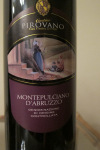
Pirovano is a family owned winery that has operated for over a century and which produces not only this Montepulciano d’Abruzzo but also sparkling wines. This is very easy drinking and inexpensive wine that will go well with red meats and pasta. Light, easy, fun.
http://www.vinicantinepirovano.com/
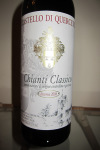
The Castello di Querceto 2006 Riserva had to age 38 months in bottle and barrel to get the reserve classification. This DOCG is tannic – leave it open for an hour or so to cool its heels before you begin digging in. This one is a bit heavy – not for light drinking before dinner.
http://www.castellodiquerceto.it/index.asp
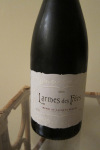
Winemaker Laurent Miquel studied mechanical engineering, spent time working in quality control in the UK, and returned to follow the path of his winemaker father, who for 25 years avoided what Laurent calls the ‘pile ’em high’ attitude of producing big quantities of cheap wine that were once popular in the Languedoc. I haven’t tasted this yet, but Wine Spectator hints that previous years have provided plenty of smoke, spice and cherry. 100 % Syrah.
http://www.laurent-miquel.com/us/index.html
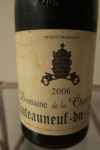
Domaine de la Chartreuse 2006 Chateauneuf du Pape….this is a typical du Pape…layers of flavor that won’t let you down. Smoke and meat and the bottle soon vanishes whether you are drinking it before, with, of after dinner. This is a hit.
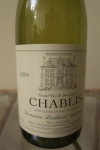
Finally – a white…This 2009 Domaine Baillard Chablis in a Chardonnay that won’t overpower food, and at 12.5% alcohol won’t get you tipsy too soon during the late afternoon. Crisp fruit and minerals. If you’re into Chardonnay, drinking this is like taking a smooth and winding trail with fresh views to a familiar landscape.
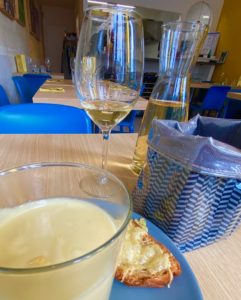
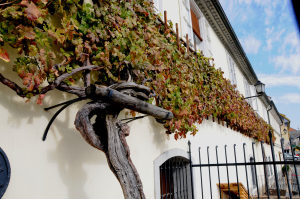
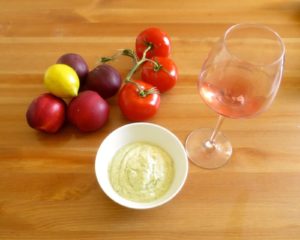
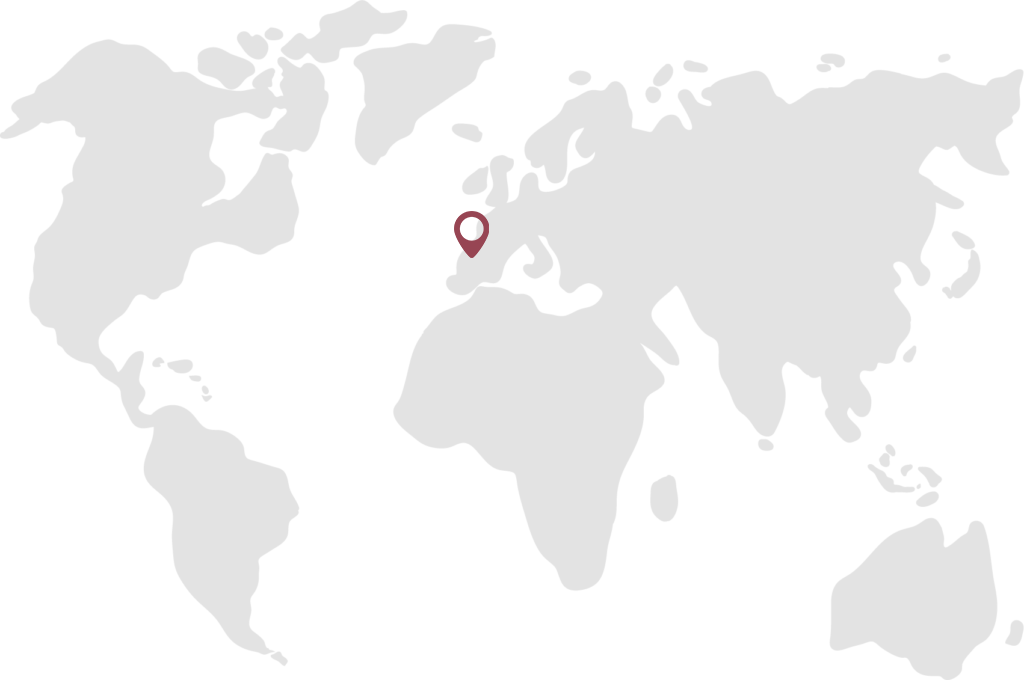
Richard Sheppard
4 Nov 2012Interesting relationships and history. I’m sure you enjoyed these wines. What a treat.
vinoexpressions
6 Nov 2012Thanks Richard – looking forward to your illustrated book on wineries!